- Fantastic engine
- Good fuel economy
- Funky design
- Poor interior quality
- Average practicality
- Sub-par service intervals
The Kona is Hyundai’s small SUV positioned just above the smaller Venue and under the larger mid-sized Tucson. It is positioned at buyers who want an SUV to be higher off the ground but nothing too big that makes it difficult to drive. The Kona is the perfect size for this competing with the likes of the Nissan Juke, Toyota C-HR and the Mitsubishi Eclipse Cross. For a small SUV to sell well, there needs to be at least one ‘sporty’ (or sporty looking, at the very least) model and Hyundai delivers with the Kona N Line. We tested the 2021 Hyundai Kona N Line to see if it’s the Kona to buy.
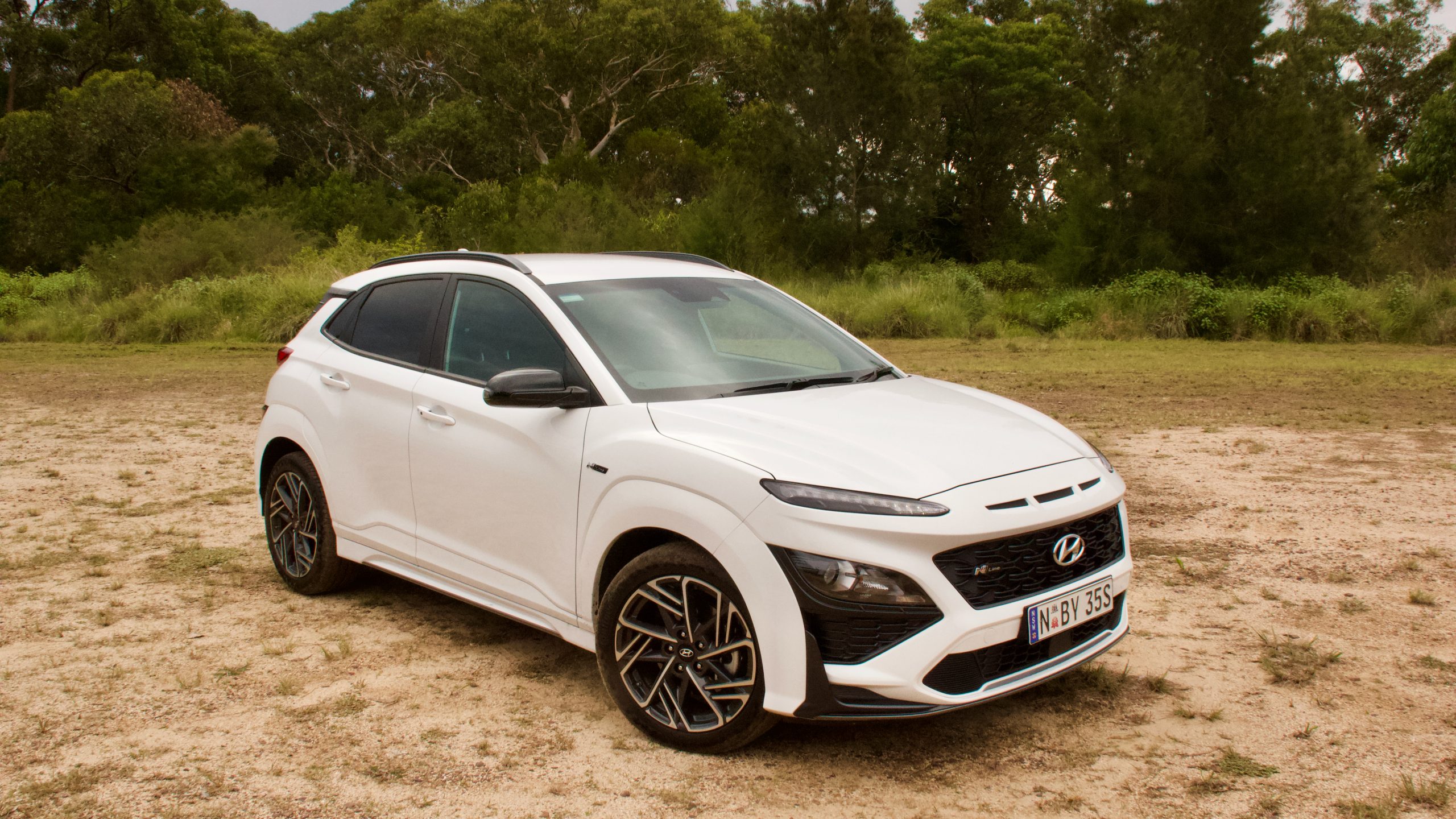
The Hyundai Kona is now in its fifth year of being sold locally and while it has seen some very stiff competition, it still manages to sell well. For the 2021 model year, Hyundai facelifted the Kona giving it some more safety tech, a new look exterior and a revised range that also saw the addition of the N Line and N Line Premium models.
Price & Specs: 7/10
The 2021 Hyundai Kona range kicks off with the entry-level car which is know simply as ‘Kona’. It’s priced at $26,600 plus on-road costs and is equipped with a good amount of standard equipment including an 8.0-inch touchscreen with wireless Apple CarPlay and Android Auto, wireless smart phone charging, a six-speaker sound system, 16-inch alloy wheels and a drive mode selector with various traction settings.
The model we tested is the mid range 2021 Hyundai Kona N Line and it kicks off at $36,300 plus on-road costs. Being the sporty part of the Kona range – until the full-fat Kona N arrives soon – the 2021 Hyundai Kona N Line comes with N Line specific 18-inch alloy wheels, a 10.25-inch touchscreen with wired (though not wireless, unlike the base model) Apple CarPay and Android Auto, navigation with live traffic updates, digital radio, an eight-speaker Harmon Kardon sound system, leather upholstery, automatic headlights and wipers, heated and auto-folding exterior mirrors, single-zone climate control with auto defogging, keyless entry with push button start, remote start, a leather steering wheel and a leather gear knob.
The 2021 Hyundai Kona N Line also comes with auto emergency braking (AEB) with pedestrian and cyclist detection, rear auto braking, lane departure warning with lane keep assist, driver attention monitoring, blind-spot monitoring with rear cross-traffic alert, tyre pressure monitoring, rear parking sensors with a reversing camera, an alarm, adaptive cruise control with stop and go functionality and six airbags.
Buyers wanting more kit can step up to the Kona N Line Premium ($42,400 +ORC), which adds LED exterior lighting with auto high beam, a 10.25-inch digital driver’s display, a heads-up display, front parking sensors, electronic front seats that are both heated and cooled, a heated steering wheel, a sunroof, an auto-dimming rear view mirror, heated outboard rear seats and ambient lighting. Is it worth the extra money? We think so, but then it’s not too far off the N.
Rivalling the N Line variant of the Kona is the $36,490 Nissan Juke Ti. The Juke is $190 more expensive than the Kona but has over it heated seats, front parking sensors, a front fog light, a 360-degree camera, automatic high beam, LED headlights and tail lights, larger 19-inch alloy wheels, traffic sign recognition and ambient lighting. But in saying this the Kona has over the Juke remote vehicle start, a larger 10.25-inch colour touch screen, a subwoofer and a rear fog light.
There are two standard colours available with the Kona N Line are ‘Ignite Flame’ red and ‘Dive in Juju’ blue. Other colours are available for $595 include ‘Phantom Black’, ‘Surfy Blue’, ‘Dark Knight’ grey and our test car’s ‘Atlas White’.
Performance & Economy: 7.5/10
The engine offered in the entry level Kona is a 110kW/180Nm 2.0-litre four cylinder engine that powers the front wheels though a continuously variable transmission (CVT). This engine is available with the standard model Konas and is also seen in a number of other Hyundai and Kia products.
The 2021 Hyundai Kona N Line comes with the brand’s familiar ‘Smartstream’ 1.6-litre turbocharged four-cylinder petrol engine, which is also seen in the i30 N Line. It produces 146kW of power and 265Nm of torque, which are healthy numbers for a small SUV. In comparison, the Nissan Juke comes with a 1.0-litre three-cylinder engine that produces just 84kW of power and 180Nm of torque – although it is worth noting there is not currently a ‘sporty’ variant of the Juke available.
Unlike the vast majority of small SUVs, the Kona N Line is all-wheel drive and power is sent to the wheels through a seven-speed dual-clutch automatic transmission. The transmission feels slightly different than the one used in the i30 N Line despite being the same unit, but they definitely have a different tune. The Kona’s transmission feels more subdued and easier to live with, rather than jerky and abrupt tune in the i30.
The engine is a peach as it offers a healthy amount of power and torque, and when in the power ban it pulls quite well. You would not think you are in a small SUV, but a warm hatchback instead. With a claimed 0-100km/h sprint time of 7.7 seconds, it’s not going to set acceleration records but that’s still much quicker than all its competitors. It’s a fun car to drive around and we can’t wait for the full-fat Kona N.
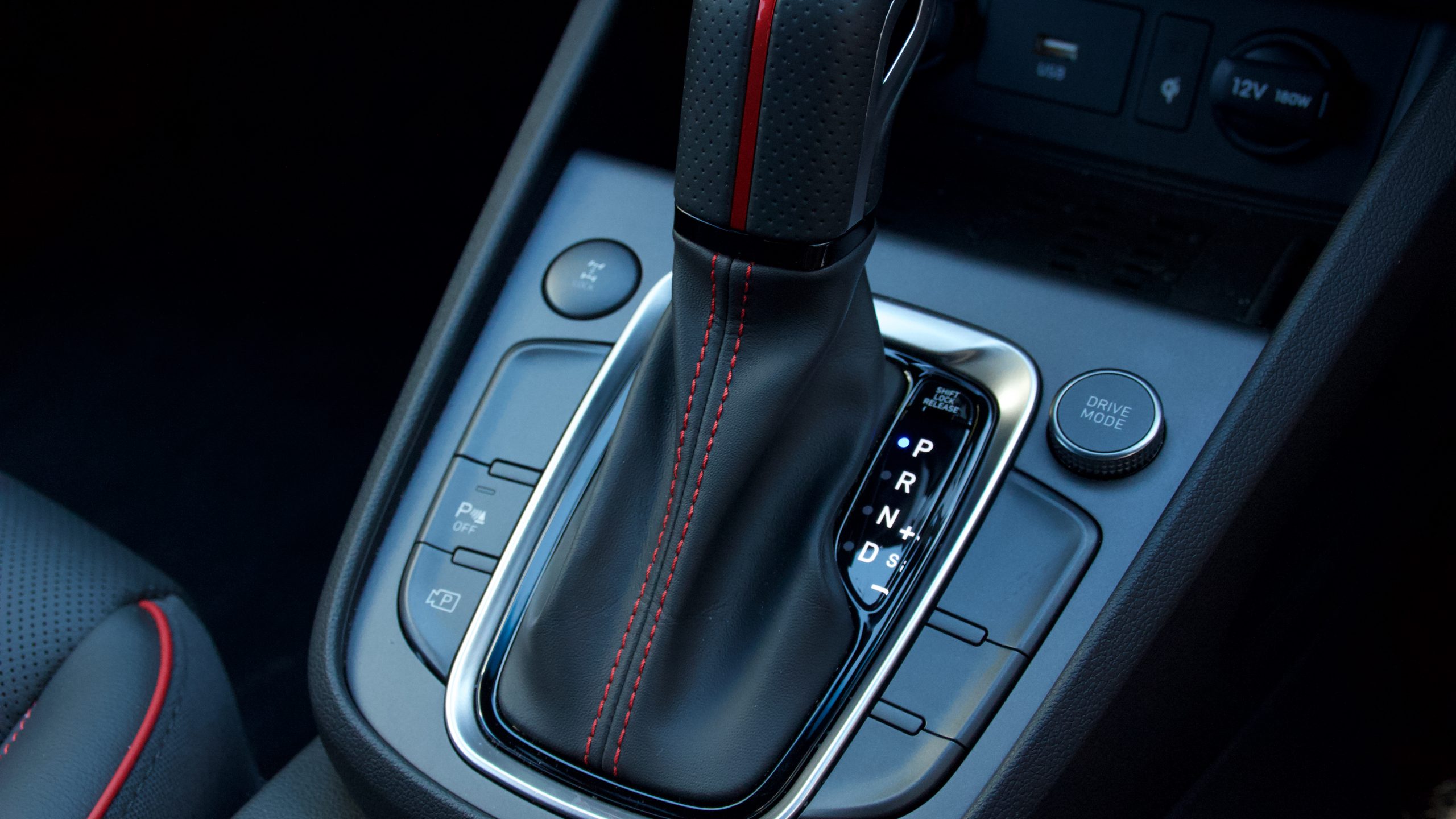
Hyundai claims that the Kona N Line will use 6.9L/100km of fuel on a combined cycle – this is actually 0.2L/100km more than the pre-updated model, but it now makes 15kW more power. We achieved 7.2L/100km on a combined cycle, making the new Smartstream engine more efficient in the real world than the previous ‘T-GDi’ unit. Like the standard Kona, the N Line will run on 91RON regular unleaded, and it features a 50-litre fuel tank.
Ride & Handling: 8/10
As you may know, most locally-sold Hyundai products are tuned in Australia with tuned suspension specific to our market and the Kona is no exception. As a result of this, the 2021 Hyundai Kona N Line rides remarkably well for a sporty variant. The ride even on the 18-inch wheels is fantastic and easy to live with on a day-to-day basis – there is little intrusion into the cabin when going over speed bumps, even on the rubbish roads of Sydney.
Most SUVs have a high centre of gravity which makes them susceptible to body roll when cornering, but the Kona and its all wheel drive system corners much flatter. The system is front-biased but there is an AWD lock button in the cabin to make the system split 50:50 front to rear, but even without doing this, there is very little loss of traction when cornering and the suspension does a fantastic job of holding the Kona in line.
The active safety systems in the 2021 Hyundai Kona N Line work seamlessly without the driver’s interaction. The forward collision can be set to a variety of sensitivity settings and the blind spot monitoring works fantastically especially when on the motorway. The only gripe we have with Hyundai’s safety systems is the lane keep assist which can be overly sensitive at times, especially around suburbia with faded lane markings. There is a fix to this as turning it off is as simple as holding down the button to the right of the steering wheel and then it won’t bother you.
Interior & Practicality: 7/10
The Hyundai Kona’s interior hasn’t changed too dramatically since the car’s conception, but there is a new centre screen and dials, as well as the addition of the specific N Line bits such as the seats. The funky exterior styling somewhat continues on into the interior with a screen that seems to sit a top the dash and a lovely leather-wrapped N Line steering wheel.
While the design of the Kona’s cabin feels modern, the quality of the interior is not great – in fact, it would make toy producers jealous with the amount of hard plastic used. There is only one soft touch portion of the dashboard, which is on the passenger side and that is it. Everything else is hard plastic including the door panels, the rest of the dash and the centre console. Everything inside the Kona feels built to last, but it just needs another layer of finishing to make it feel more special. The Nissan Juke’s interior is much more inviting because of its much better quality materials.
While the quality isn’t great, there are lots of places to store your trinkets. There is a spot for your phone or wallet next to the electronic handbrake, another spot for a wallet in front of the gear stick, a large centre console, a glove box, generous door bins and two cup holders in between the front seats.
Elsewhere in the cabin, the N Line-specific seats are very comfortable and easy to adjust – though we wonder why they aren’t electrically adjustable. They offer a good amount of support as well.
The 10.25-inch colour touchscreen is a good system that offers wired Apple CarPlay and Android Auto, as well as digital radio and inbuilt satellite navigation with live traffic updates The system itself is rather easy to use and with the shortcut buttons underneath the screen makes it easy to swap between difference menus and screens.
The rear seat of the Kona is rather unremarkable. There are no rear air vents and the door panels back there are hard plastic. The only amenity back there are a centre armrest with cup holders and a single USB-A charging port. The rear seats have an adequate amount of leg-, shoulder- and headroom but other small SUVs – such as the Skoda Kamiq – are much roomier and feature more equipment.
The boot of the 2021 Hyundai Kona N Line is another aspect of the Kona we would describe as adequate. With the rear seats in place it offers 361-litres of cargo space, which is not huge but as we said, it’s adequte – the Nissan Juke comes with 422-litres. If you fold the second row of seats down this space does open up to 1,143-litres, and there are a few features such as a boot net and some hooks, though not the side storage of the Kona and Kona Active.
Service & Warranty: 8/10
The 2021 Hyundai Kona N Line comes with the brand’s five-year unlimited kilometre warranty, which is the same warranty that is offered with the Nissan Juke and Toyota C-HR – though it is worth noting the Kia Seltos comes with a seven-year unlimited kilometre warranty and the Mitsubishi Eclipse Cross comes with a 10-year 200,000km warranty. The Kona is offered with a 12 months of roadside assist, which is topped up a further 12 months with each scheduled service.
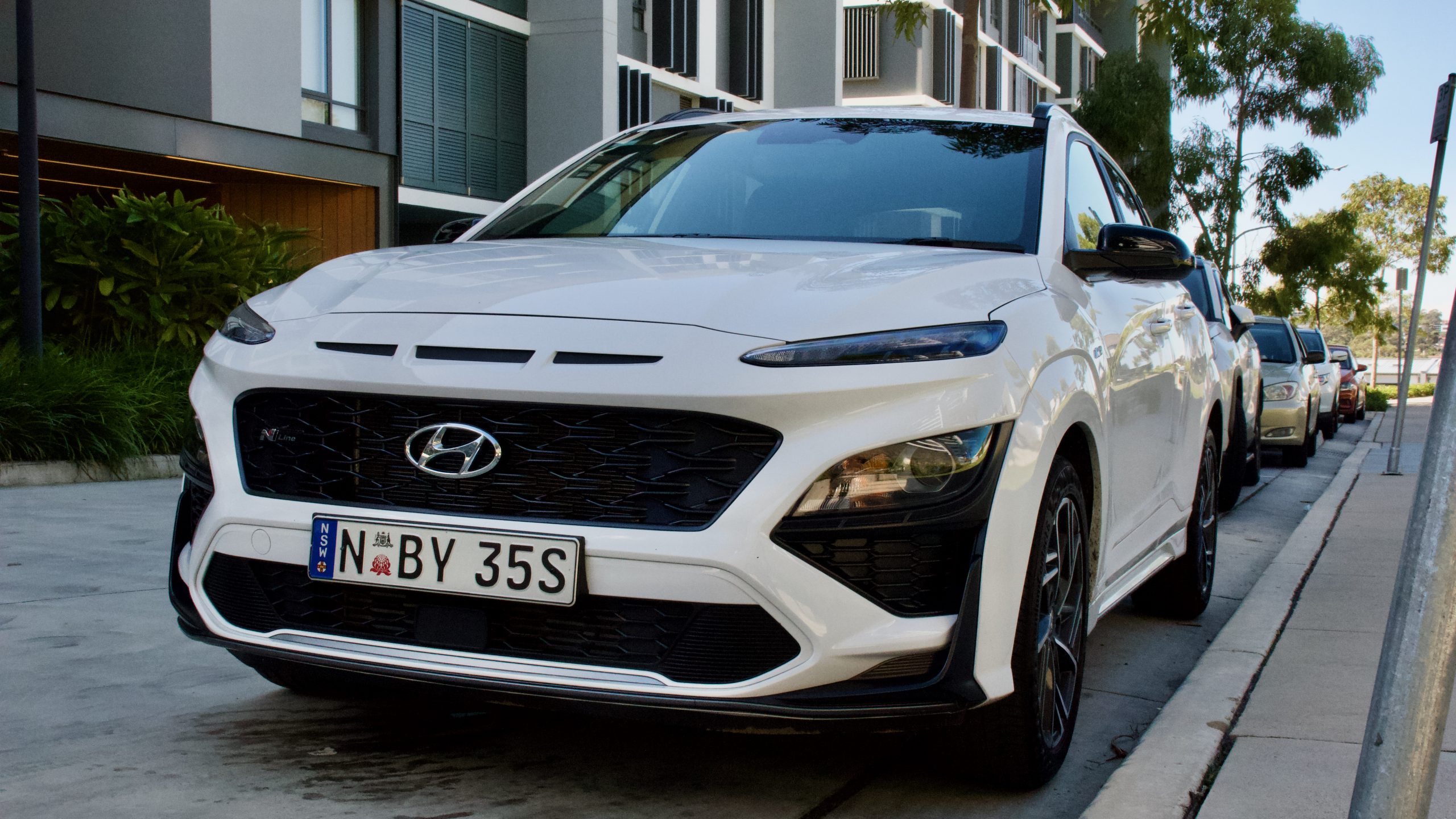
Servicing the Hyundai Kona comes around every 12-months or 10,000km, which is the same as the 1.6-litre Kia Seltos but the Eclipse Cross only needs servicing every 12-months or 15,000km and the Nissan Juke trumps all of these cars by offering 12-month or 20,000km service intervals. The cost of servicing the Kona over the span of three years or 30,000km is $957 ($319 per service). The Mitsubishi Eclipse Cross costs $897 over three years/45,000km and the Nissan Juke costs $1,337 over three years/60,000km.
2021 Hyundai Kona N Line DiscoverAuto Rating: 7.5/10
The 2021 Hyundai Kona N Line offers a good amount of performance, relative practicality and excellent ride quality in a small SUV that is easy to drive and serves funky styling. As previously mentioned, the interior quality needs work, longer service intervals, wireless Apple CarPlay wouldn’t hurt, LED lighting and the lane keep assist needs tuning but if you’re looking for an SUV that doesn’t drive like an SUV and rather like a performance hatchback, then the Kona N Line is for you.
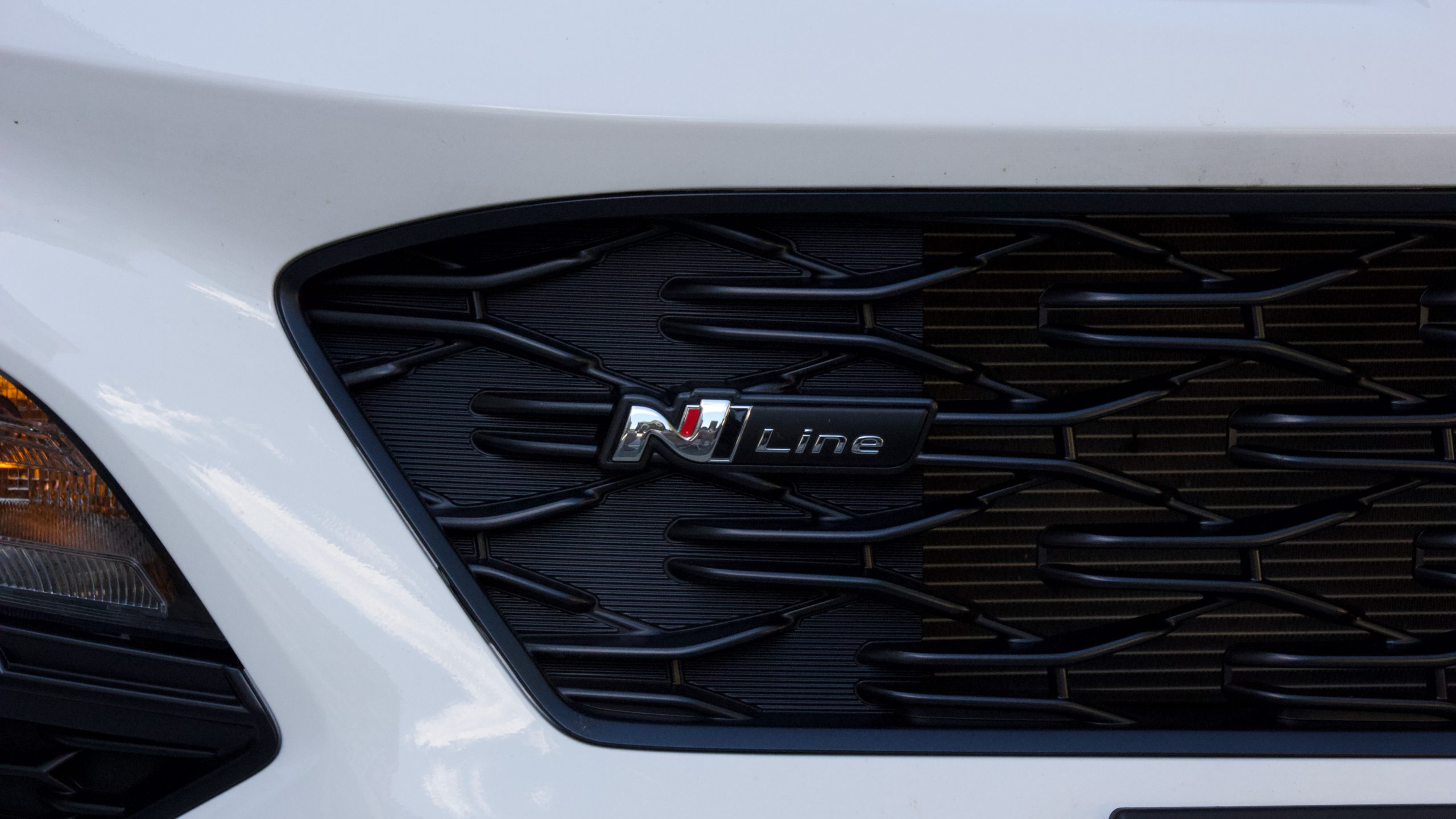
It isn’t the cheapest SUV on the market and certainly not the most practical, but the Kona N Line offers a good package. While the Mitsubishi Eclipse Cross is cheaper to service and the Nissan Juke features a more exciting interior, the Kona offers a better driving experience than these two cars and it’s much quicker as well.
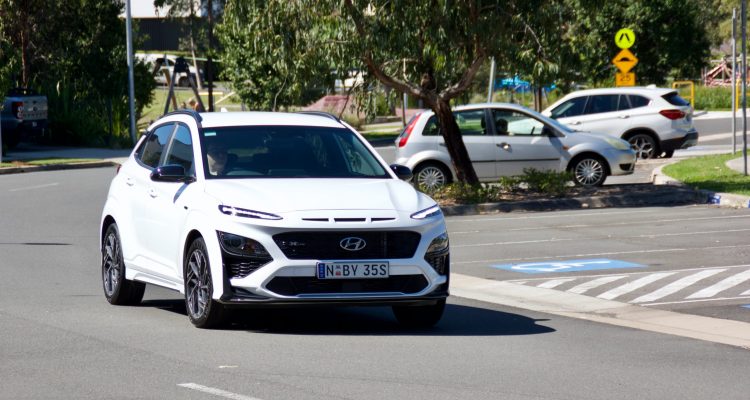
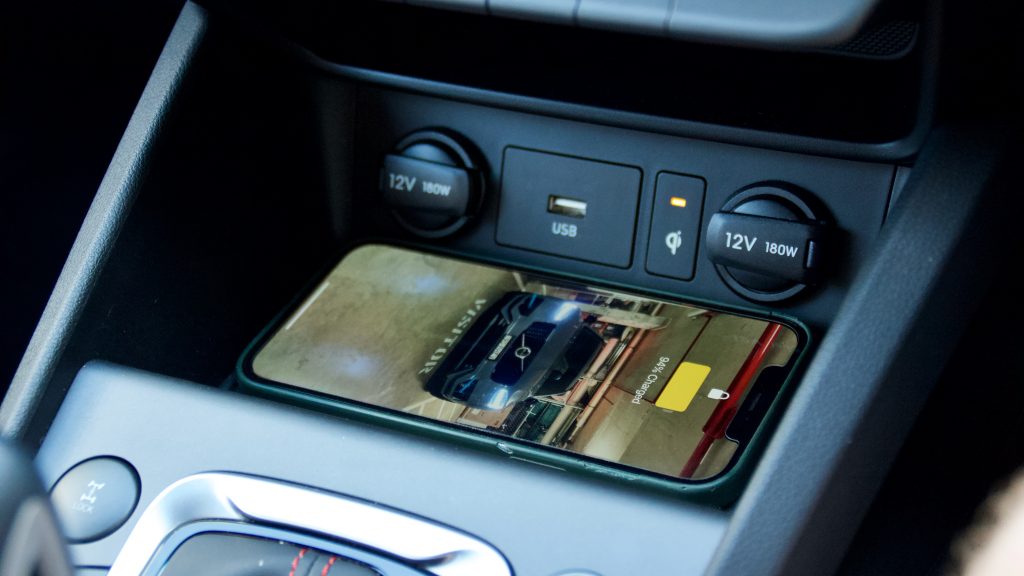
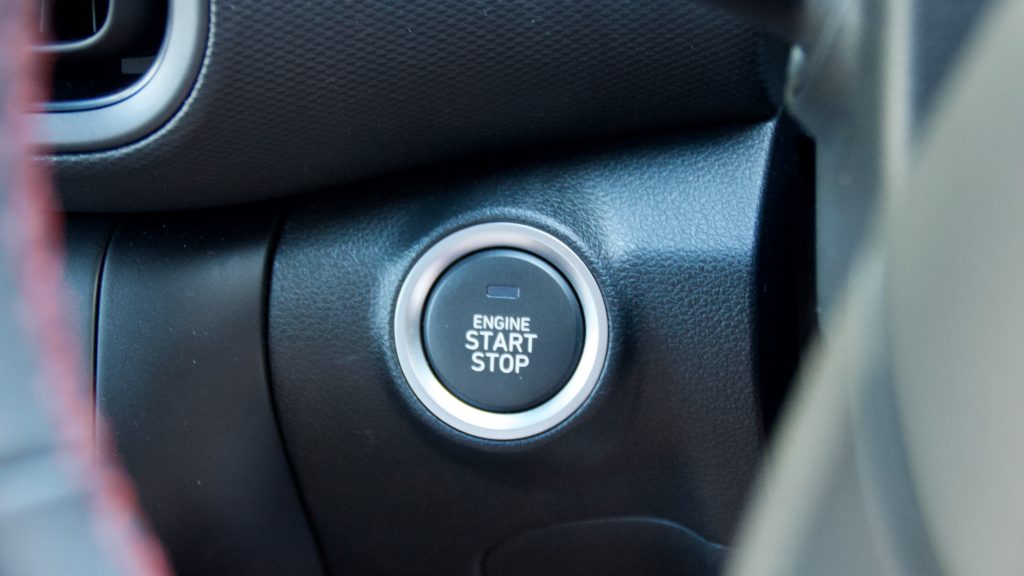
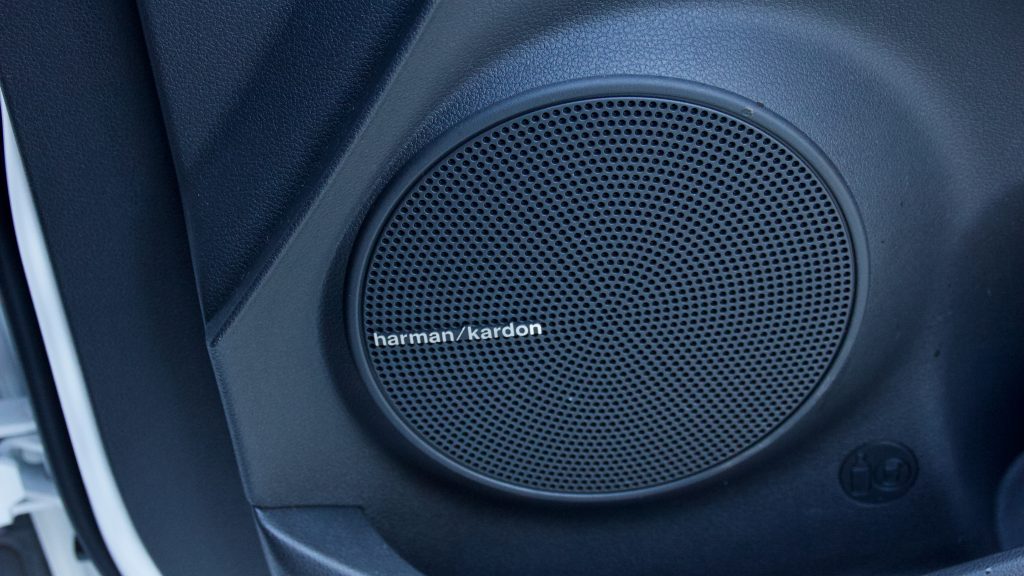
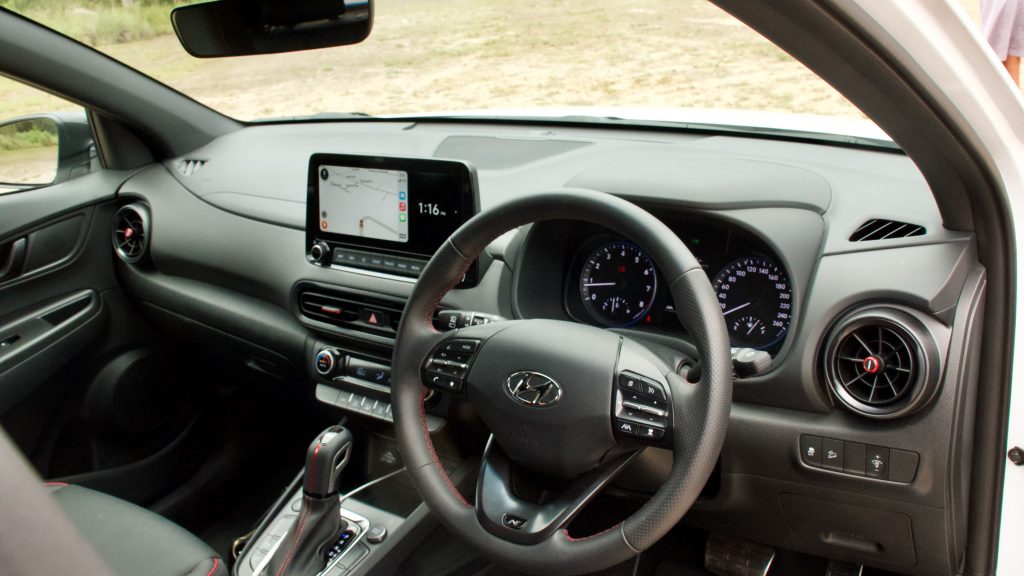
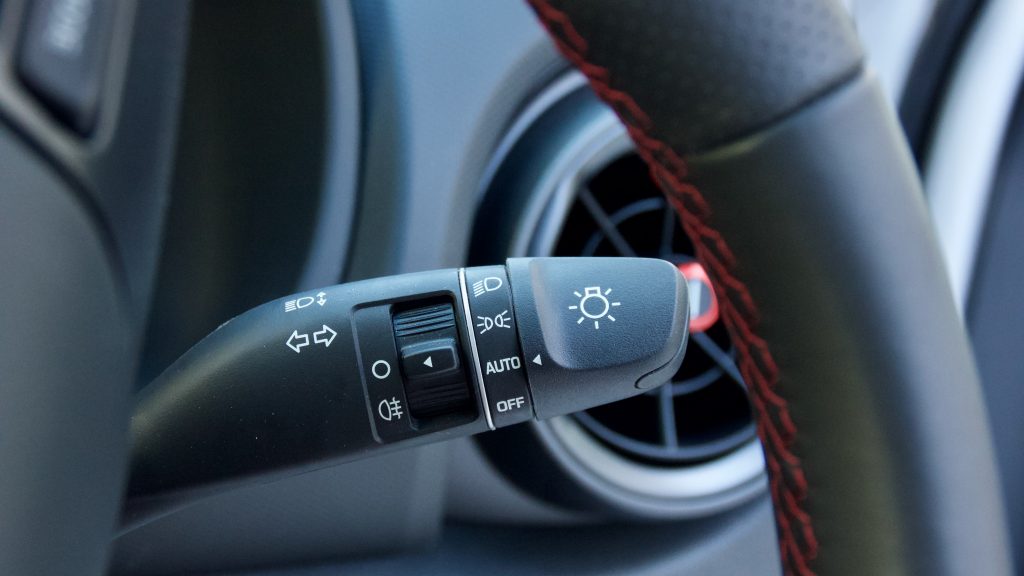
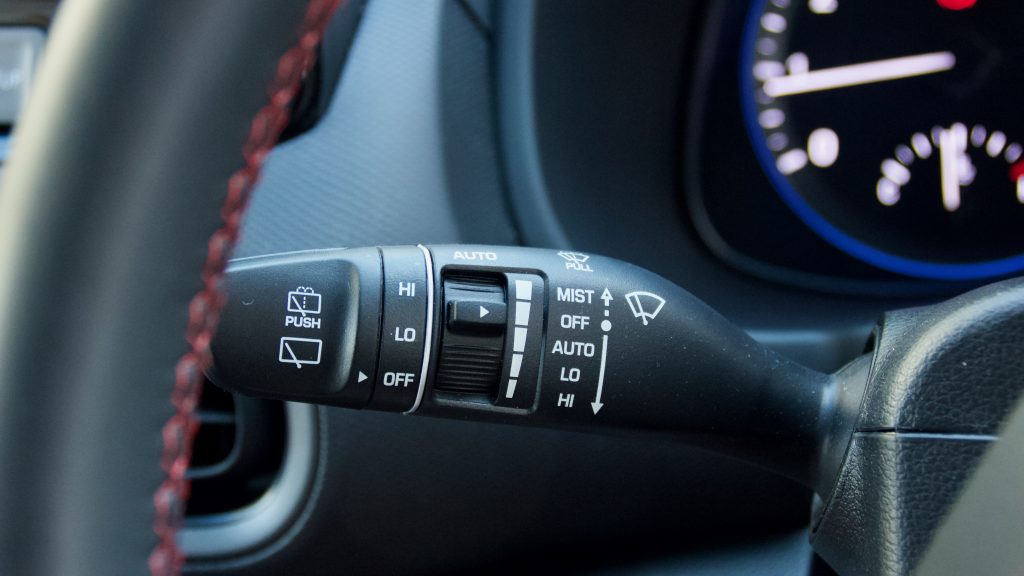
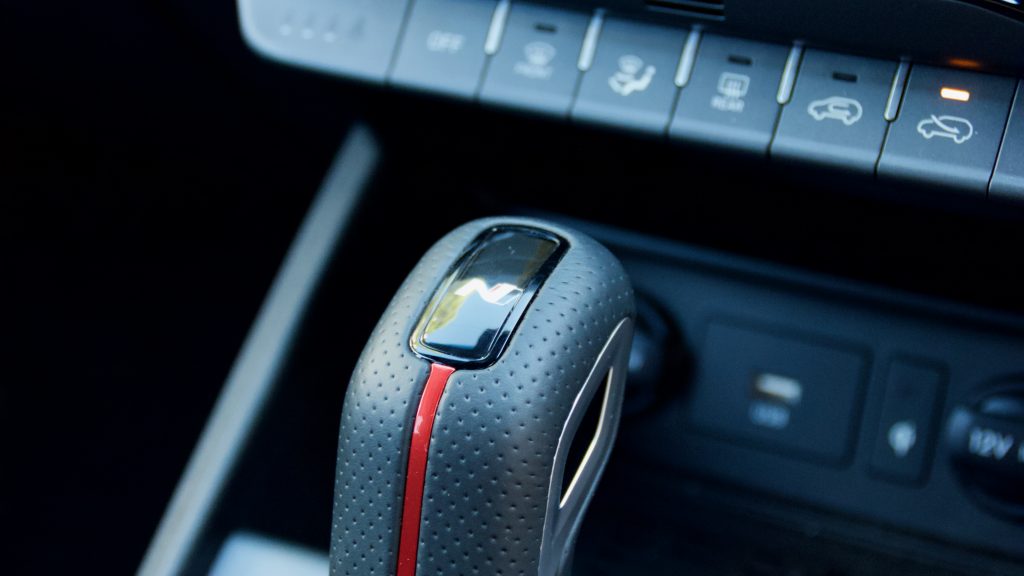
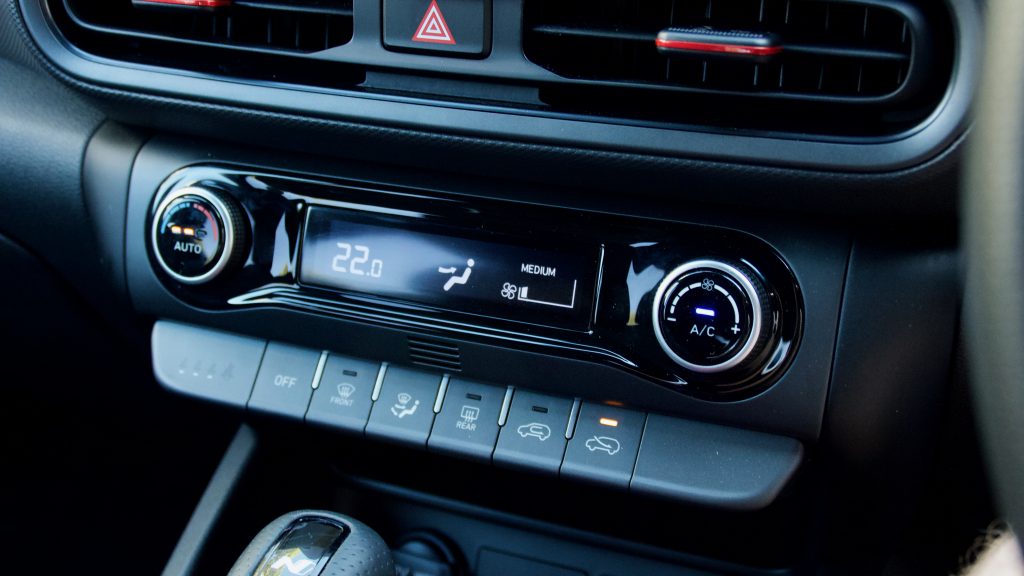
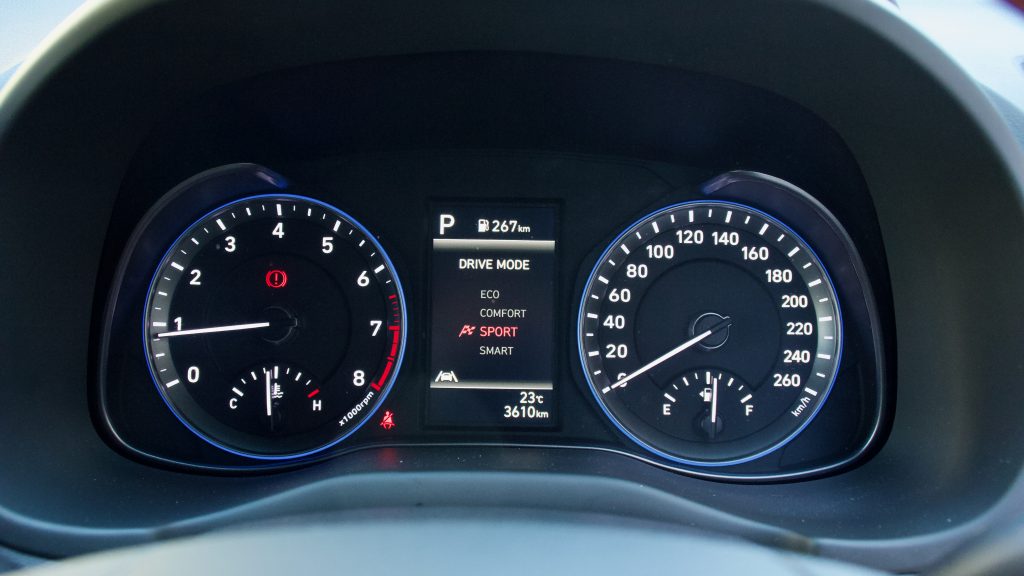
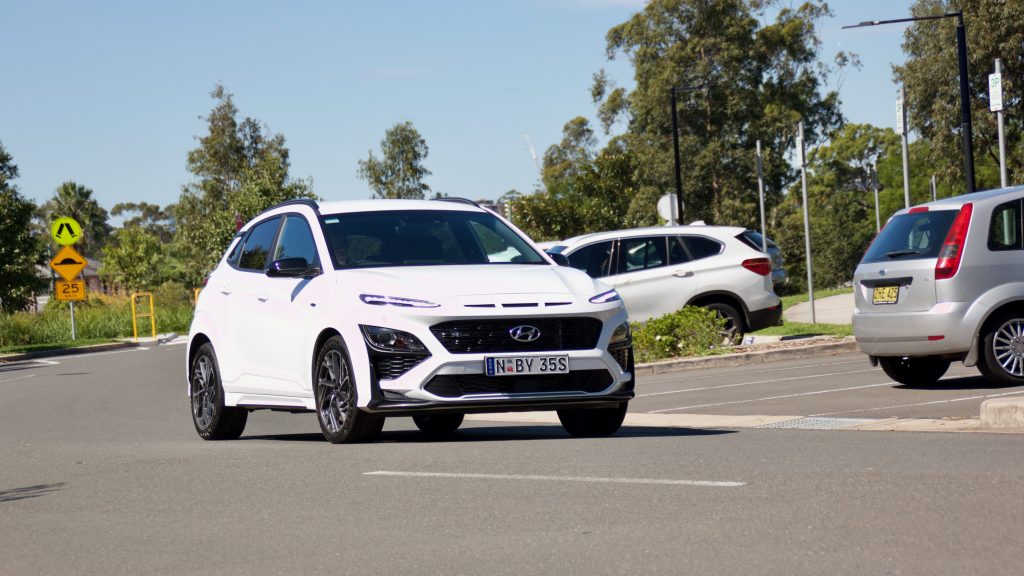
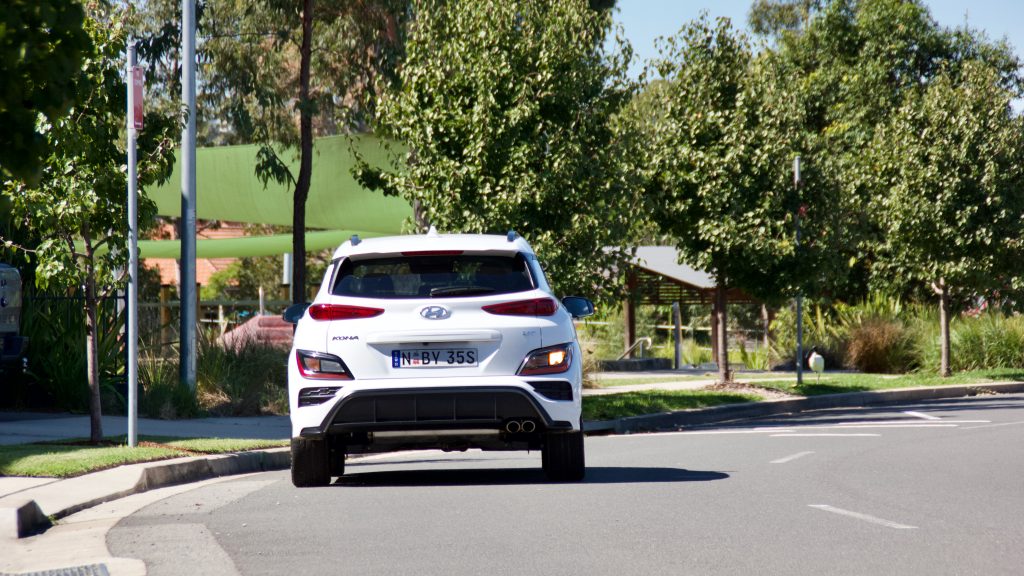
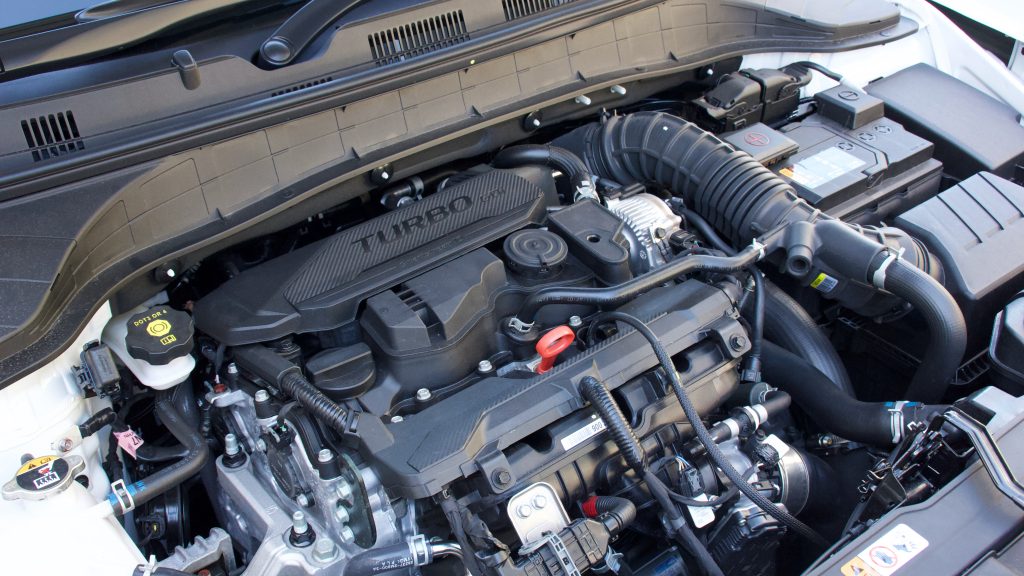
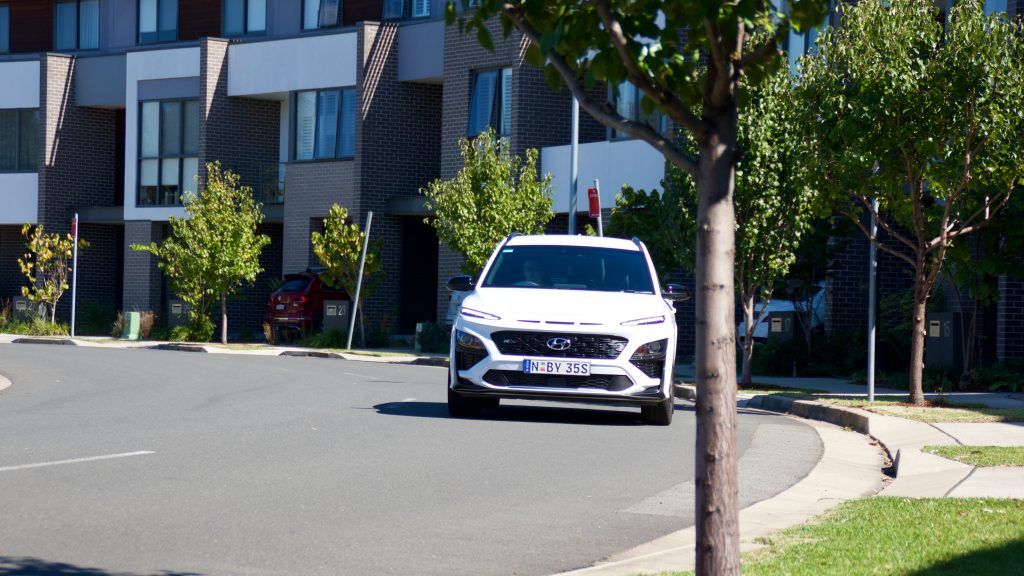
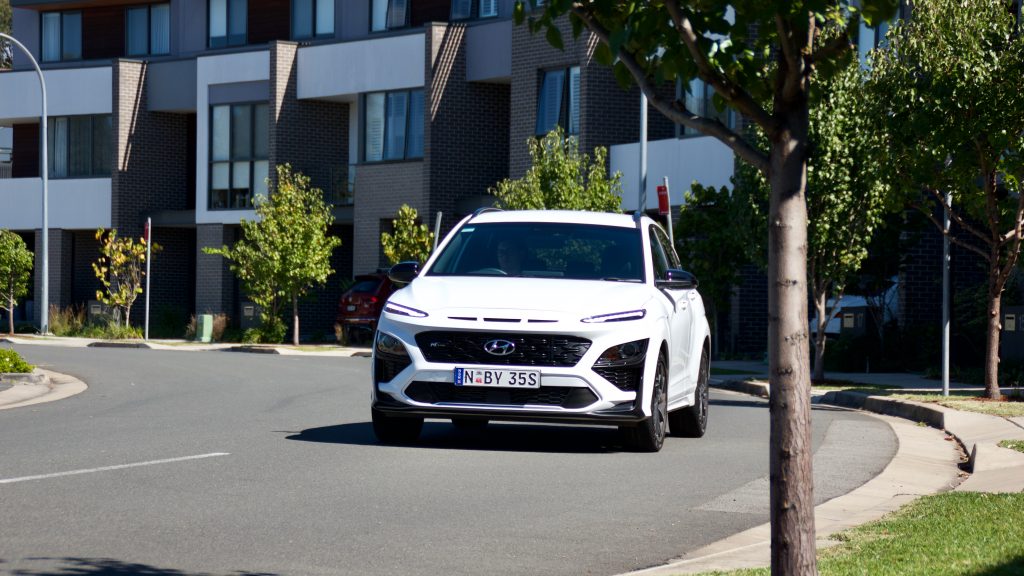
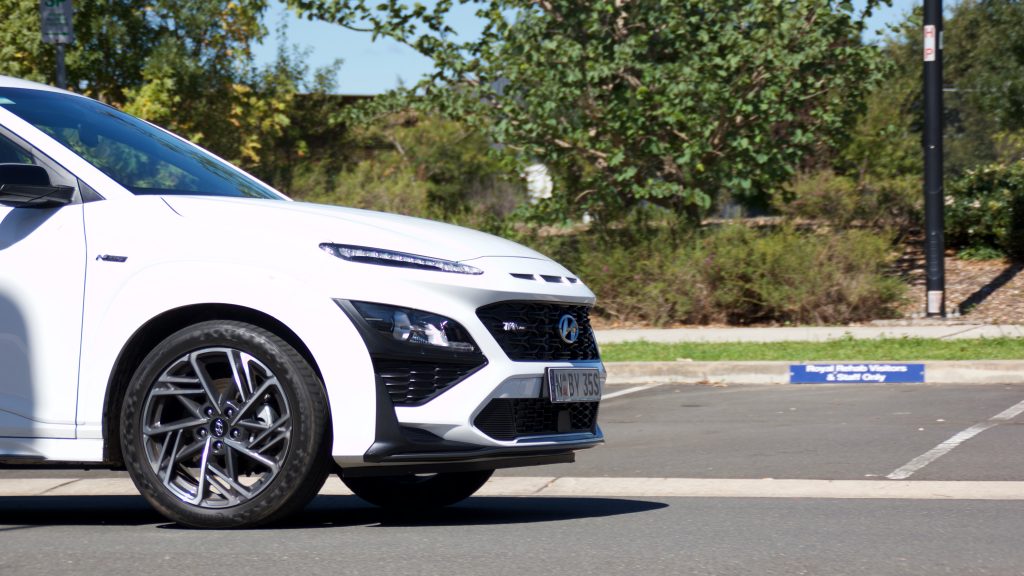
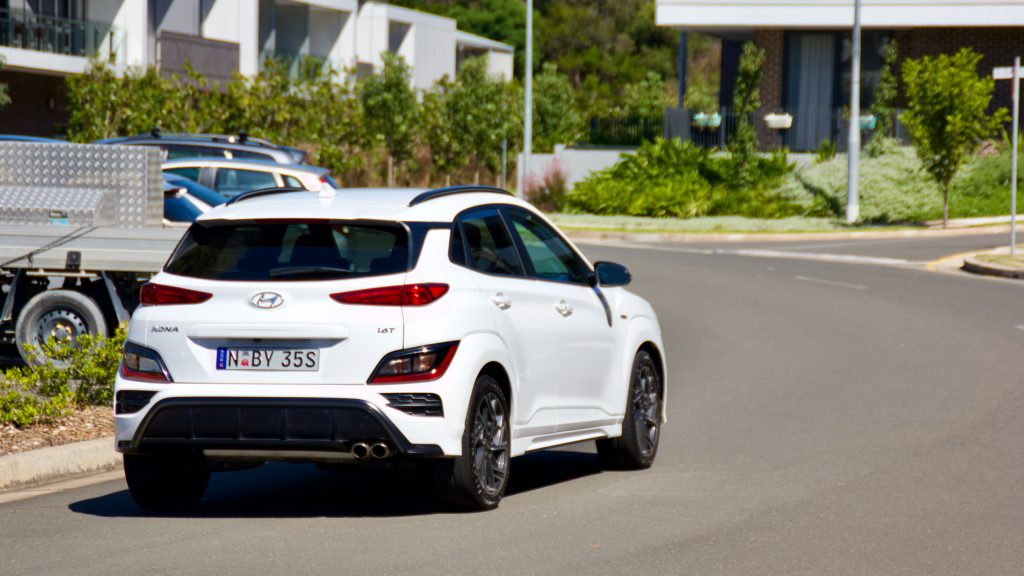
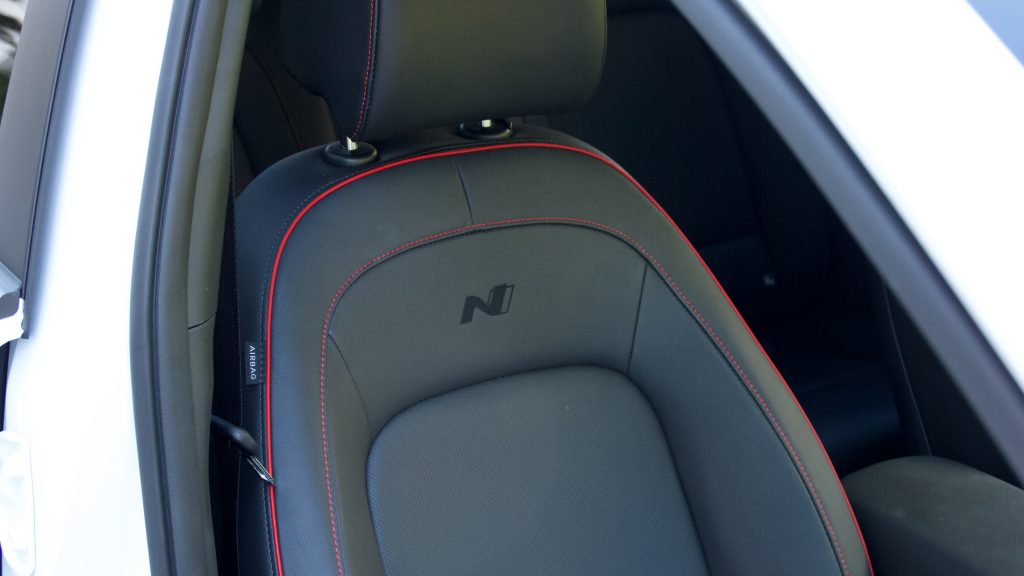
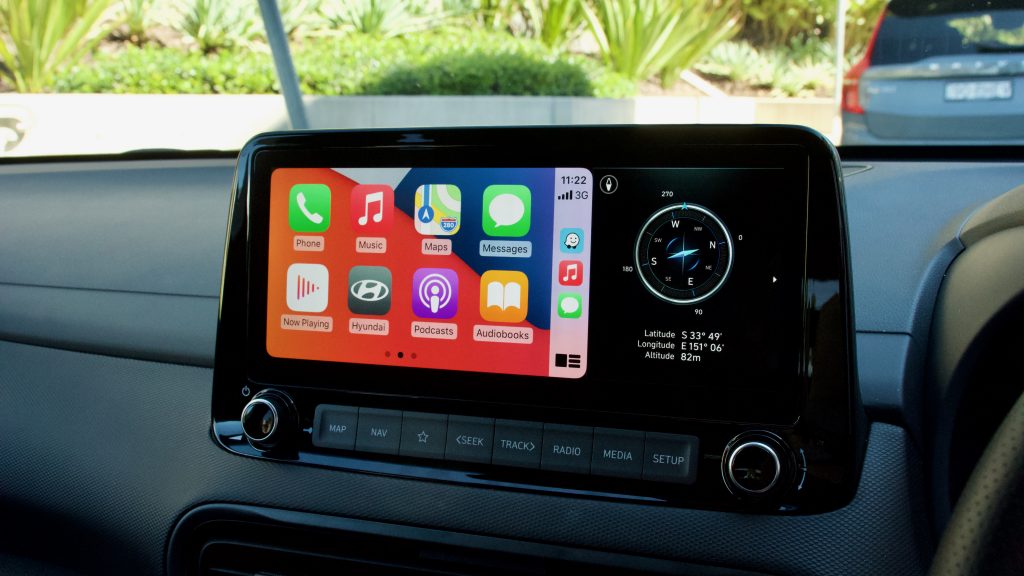
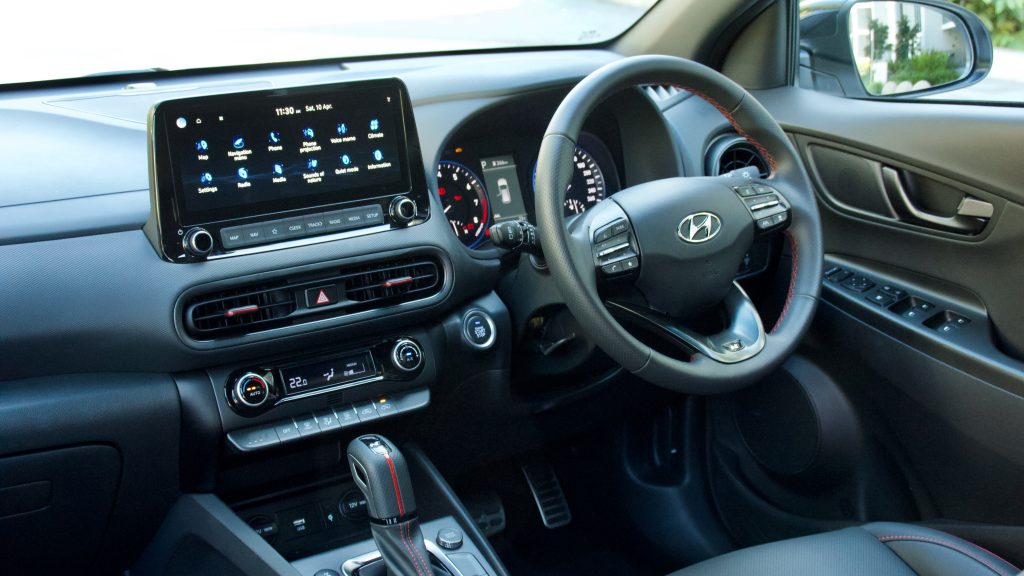
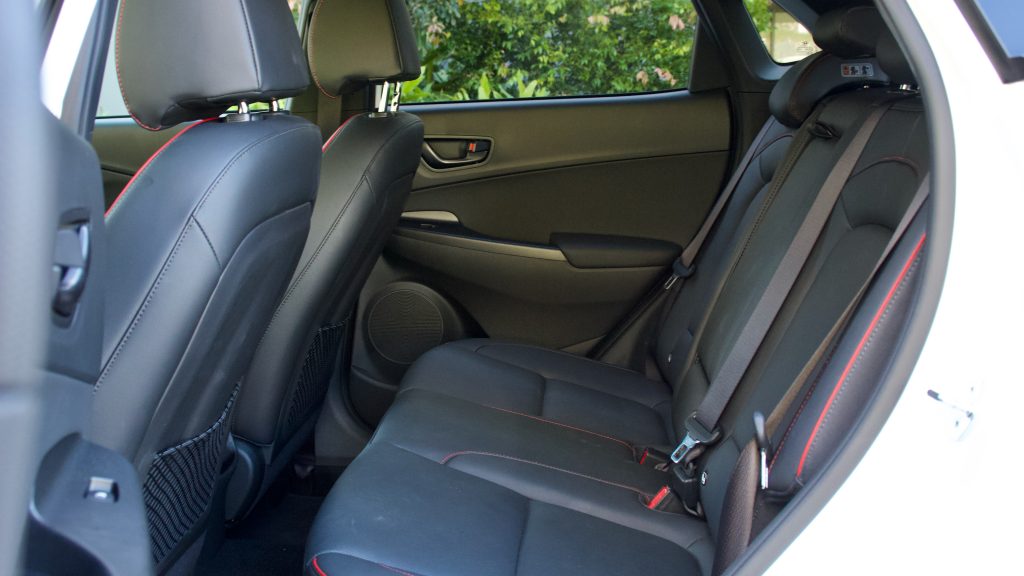
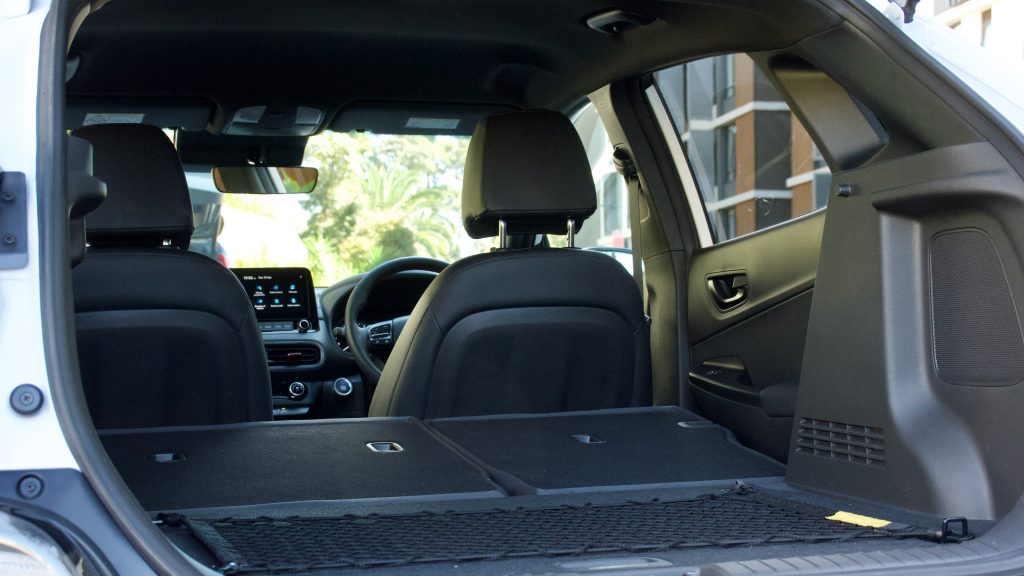
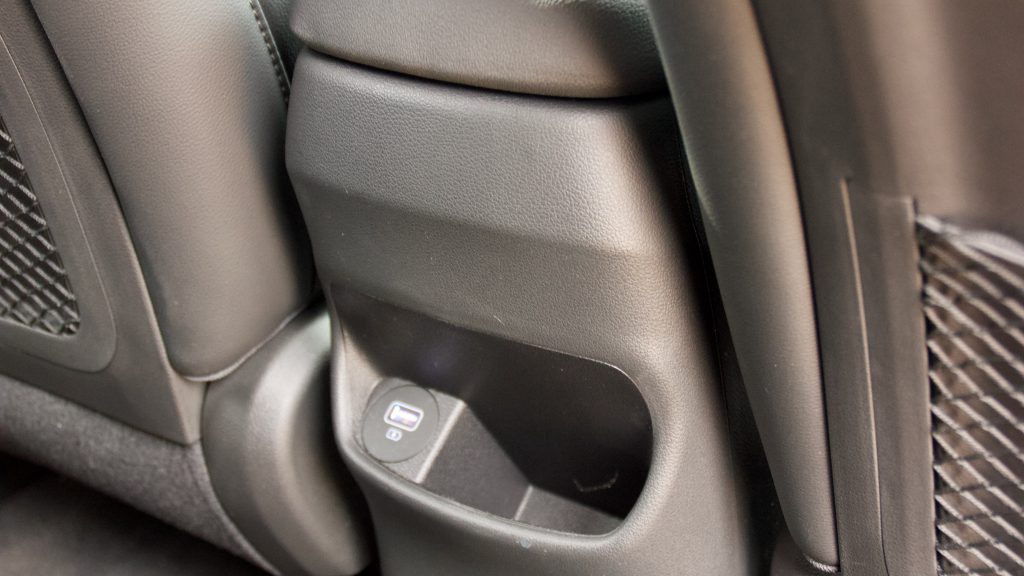
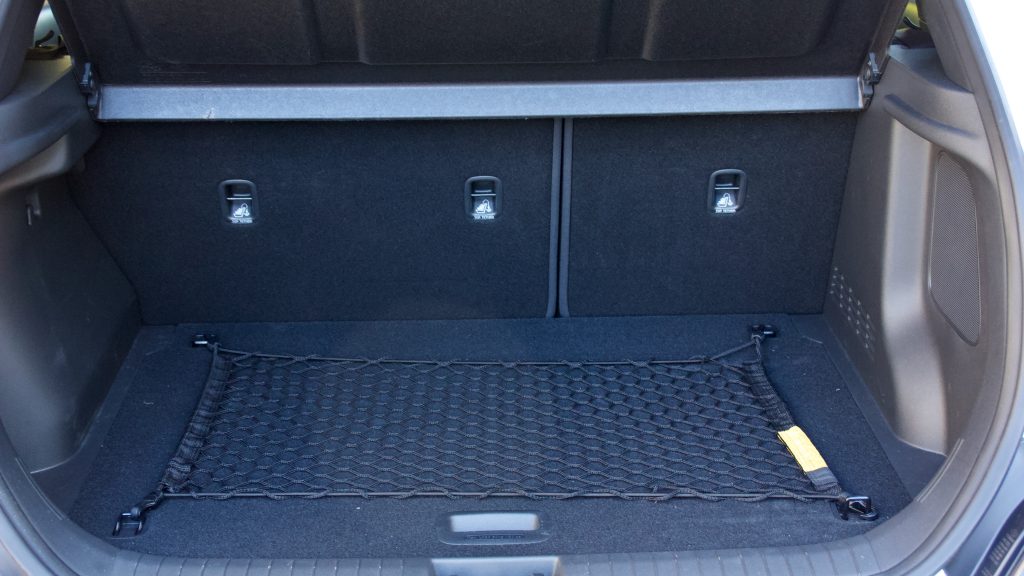
Leave a Reply